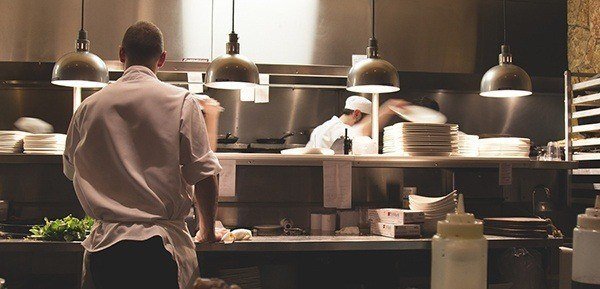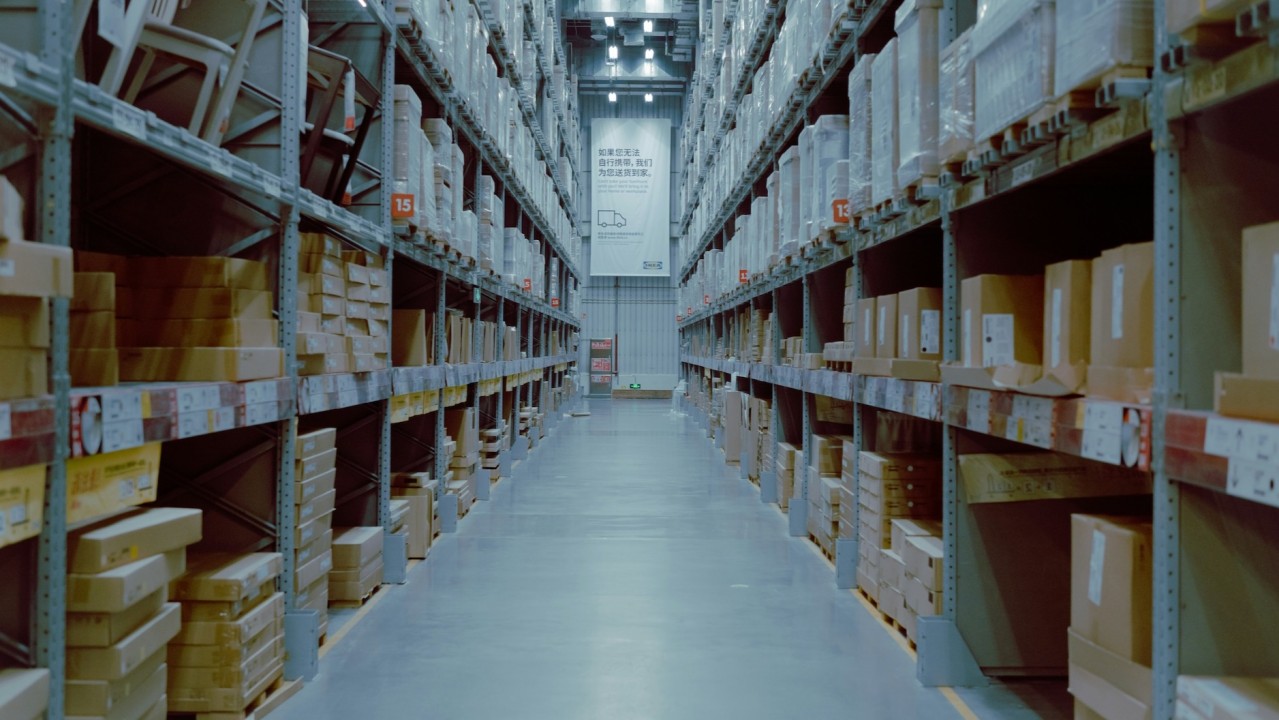With the food delivery industry booming, the kitchens inside restaurant branches are not always ready to handle the influx of orders. What’s more, the restaurants themselves may not be located in strategic spots that enable drivers to avoid traffic and deliver their orders as fast as possible. And finally, restaurants often have to pay for premium real estate in order to lure customers in, but they can’t afford to increase their kitchen space in order to handle deliveries.
As a result of this, there’s a growing trend of creating ‘dark kitchens’ by both restaurant chains and food delivery companies. These satellite kitchens without the traditional storefront, are also known as ghost restaurants. They are designed solely to fulfill delivery orders with all the tools, ingredients and personnel required to create the same food as in a ‘real’ restaurant. The benefits of these virtual restaurants are obvious – diners get restaurant quality food delivered, while businesses are able to minimize overheads without requiring expensive physical spaces. [/vc_column_text][vc_custom_heading text=”Where are the ghost restaurants?” font_container=”tag:h2|font_size:20px|text_align:left”][vc_column_text 0=””]After Deliveroo, the British online delivery company raised $385 million in capital last September, its founder and CEO emphasized his objective of using a significant part of this funding to invest in delivery-only kitchens. The company reportedly has more than 66 operational delivery-only kitchens in 11 locations across the UK.
Owners of restaurant chains will need to adapt to this new reality – whether by joining the trend of establishing satellite kitchens, or by improving deliveries using their existing infrastructure. There’s a lot of uncertainty, especially among large restaurant chains, as they plan their future strategy. At a recent event in London, Mario Bauer, Advisor and former Executive Board member of European restaurant franchise Vapiano said: “Dark kitchens are something totally new for us, and we are having to adapt. We are competing against a different animal now.”[/vc_column_text][vc_custom_heading text=”Is this the future of online food delivery?” font_container=”tag:h2|font_size:20px|text_align:left”][vc_column_text 0=””]
New research from UBS estimates that global online food ordering will grow to $365 billion by 2030, growing 20 percent each year from today’s $35 billion market. Powering this are lower meal production costs, increased logistics scale and strong demographic trends. Finding and exploiting potential efficiencies in the food-making process, as well as in the food delivery logistics process, will undoubtedly reshape the takeout experience as we know it. In fact, UBS researchers suggest that over the coming years, as the cost of restaurant-delivered food comes down, ordering in might become 25 percent cheaper than home-prepared food.



